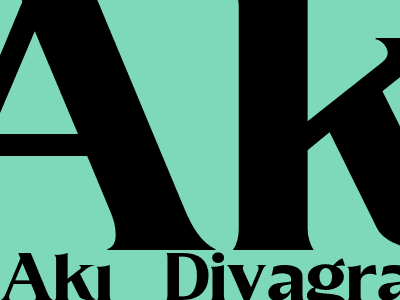How Flowcharts Assist Diverse Fields: A Comprehensive Guide
Introduction
Flowcharts are indispensable tools that visually represent processes, making them understandable and efficient. They find applications in various domains, from business to healthcare and beyond. This in-depth guide explores the diverse uses of flowcharts, their benefits, and best practices for creating effective ones.
Business and Management
In the business realm, flowcharts are used for:
- Process mapping: Visualizing business processes to identify inefficiencies and areas for improvement.
- Workflow automation: Designing automated workflows to streamline operations and enhance productivity.
- Project planning: Creating project timelines, tracking dependencies, and allocating resources effectively.
Software Development
Flowcharts play a crucial role in software development, helping developers with:
- Algorithm design: Representing the logical flow of algorithms to ensure clarity and ease of understanding.
- Program documentation: Generating visual overviews of software functionality and program flow for reference.
- Code generation: Automating code generation from flowcharts to simplify development and reduce errors.
Healthcare
Flowcharts are extensively used in healthcare for:
- Patient care pathways: Depicting the sequence of steps involved in patient care, ensuring efficient and standardized treatment.
- Clinical decision-making: Supporting healthcare professionals in making informed decisions based on patient history and symptoms.
- Quality improvement: Analyzing healthcare processes to identify areas for improvement and enhance patient outcomes.
Education
Flowcharts are valuable teaching tools in education, enabling students to:
- Process understanding: Visualize complex processes, making them easier to comprehend and retain.
- Critical thinking: Develop problem-solving skills by analyzing and optimizing process flow.
- Communication: Communicate ideas and concepts with clarity and precision, fostering effective learning.
Best Practices for Effective Flowcharts
To create effective flowcharts, consider the following best practices:
- Use standard symbols: Adhere to established flowchart symbols for consistency and easy understanding.
- Keep it concise: Limit the flowchart to essential steps, avoiding unnecessary detail and clutter.
- Test and validate: Thoroughly test the flowchart to ensure it accurately represents the intended process.
- Document the flowchart: Provide clear documentation explaining the purpose, symbols used, and any assumptions made.
Conclusion
Flowcharts are versatile tools that empower diverse fields with their ability to visualize processes, streamline operations, and facilitate decision-making. By leveraging flowcharts effectively, professionals can improve efficiency, enhance understanding, and achieve their desired outcomes.

Comments